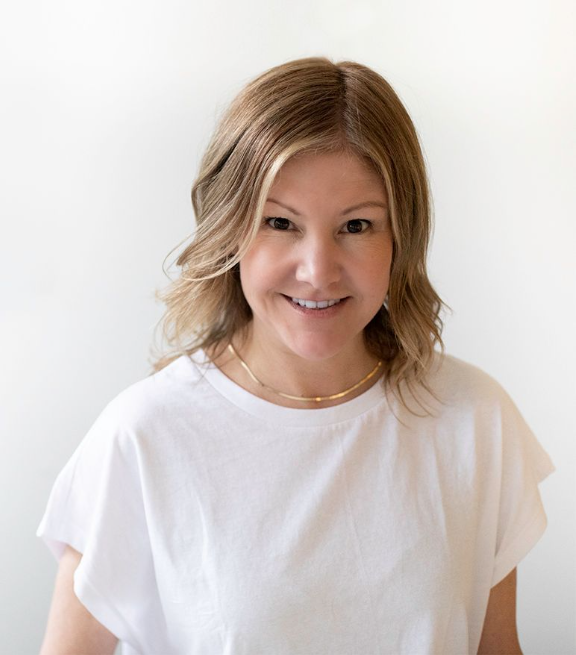IPL Photofacial & IPL Hair Removal
Treatments & Conditions
- Painless Hair Removal
- Folliculitis (Ingrown hairs)
- Age Spot Reduction
- Collagen Remodelling
- Reduction of Fine Lines
- Dull Skin Treatment
- Pigmentation Correction
- Epidermal Melasma (sun damage spots)
- Rosacea Treatment
- Broken Capillaries (fine facial veins)
- Acne Scars
Book online for call the clinic for a free consult to make sure IPL is right for you and your skin type.
-
Intense pulsed light (IPL) skin rejuvenation is a type of light therapy used to treat these skin concerns. Unlike other light therapies, particularly those done with lasers, IPL causes minimal damage to the skin and recovery takes just a few days. This method of skin rejuvenation is safe, with minimal downtime.
-
IPL skin rejuvenation is a non-invasive skin care procedure that uses high-powered pulses of light to improve the appearance of skin.
This procedure also treats common skin concerns such as wrinkles, dark spots, unsightly veins, or broken capillaries.
IPL is also effective in treating sun damage and scarring, and the redness associated with rosacea.
-
First, the provider will apply a cool gel to your face and supply you with dark glasses to protect your eyes from the light. Once you’ve been prepped, the person administering your treatment will take a hand-piece with a cold smooth surface and run it along your skin as it pulses light.
IPL photofacials are performed in a series, with each treatment lasting from approximately 20 minutes to an hour, depending on the amount of skin being treated. Typically, patients receive between three and six treatments spaced roughly one month apart.
-
For starters, with IPL photofacials you need to be tan-free. Tans can prevent the machine from accurately detecting the specific blemishes that you want addressed, and put you at greater risk of being burned. You also need to avoid aspirin, ibuprofen, anticoagulants, alcohol, and anything else that thins the blood. Additionally, be sure to notify your doctor if you’re taking antibiotics or any supplements.
-
Most people get IPL photofacials to treat their face, neck, shoulders, back, and hands - essentially areas that are frequently exposed in public. However, photofacial treatments can be performed on any part of the body except the eyelids and the area just above them. Photofacials have the potential to be very bad for eyes, so treating areas close to this region is heavily discouraged.
-
IPL photofacials can be mildly painful depending on the patient. Patients have also reported feeling like they have a mild sunburn in the treated area for several days after treatment, while others do not feel anything at all.
-
After a single treatment, your skin may feel smoother and appear to have a more evenly distributed tone. However, results only appear gradually and multiple treatments may be required.
-
There may be some mild side effects immediately after the procedure that can take up to a week to diminish. Nevertheless, expect to resume normal activities immediately after treatment, including applying your usual facial creams and makeup.
-
Redness – This is fairly common. It’s a sign of irritation and generally goes away after a few hours.
Brown spots – If you underwent the procedure to treat dark spots and are suddenly faced with darker ones, don’t fret. This is normal. The dark spots may last for up to a week but will then fade.
Crusting – Some of the dark spots you’ve treated will grow hard and begin to flake. This is normal and temporary.
Bruising – This side effect is fairly uncommon and mild when it does occur.
Remember that it will take several weeks (and several treatments) before you start seeing truly significant results.
-
An IPL photofacial treatment uses the power of broadband light to improve the appearance of dark spots, sunspots from sun exposure, rosacea, age spots, and skin texture. The treatment can also be used for hair removal, photo rejuvenation, and to alleviate dermatologic conditions like acne. It is a popular treatment because it's effective, affordable, and non-invasive. Not all skin types may be a candidate for IPL, so you should consult with a medical provider.
-
Generally speaking, photofacials are used to treat skin blemishes and pigmentation issues. However, there are several specific conditions that fall under these categories. IPL photofacial treatments can be used to treat the following:
Painless Hair Removal
Folliculitis (Ingrown hairs)
Age Spot Reduction
Collagen Remodelling
Reduction of Fine Lines
Dull Skin Treatment
Pigmentation Correction
Epidermal Melasma (sun damage spots)
Rosacea Treatment
Broken Capillaries (fine facial veins)
Acne Scars
-
IPL Hair Removal is quick and easy, with no down time! Your IPL treatments take about as long as a waxing treatment.
IPL Hair Removal permanently reduces your hair regrowth. It’s advised to keep up with a maintenance treatment about once a year to keep a great result.
IPL Hair Removal can permanently prevent ingrown hairs. The IPL prevents hair growth at the follicle so you won’t need to worry about ingrown hairs again!
Meet Your Practitioners

